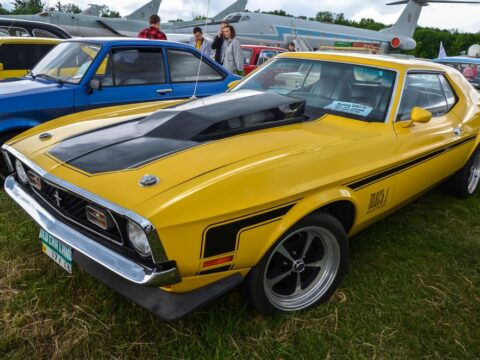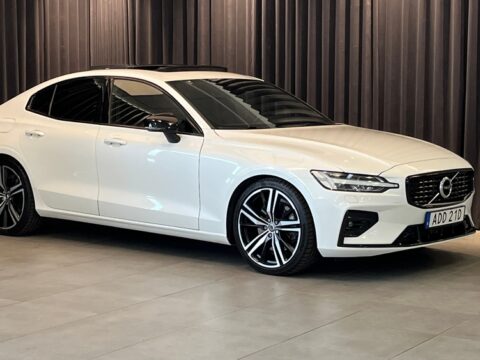When it comes to off-roading, certain SUVs have made a lasting impact by pushing the boundaries of what these vehicles can do. These classic models not only excelled in rugged terrains but also set new standards for durability, capability, and innovation. We’ll explore 19 classic SUVs that have truly revolutionized off-roading, leaving a legacy that continues to influence the industry today.
Contents
Jeep CJ-5
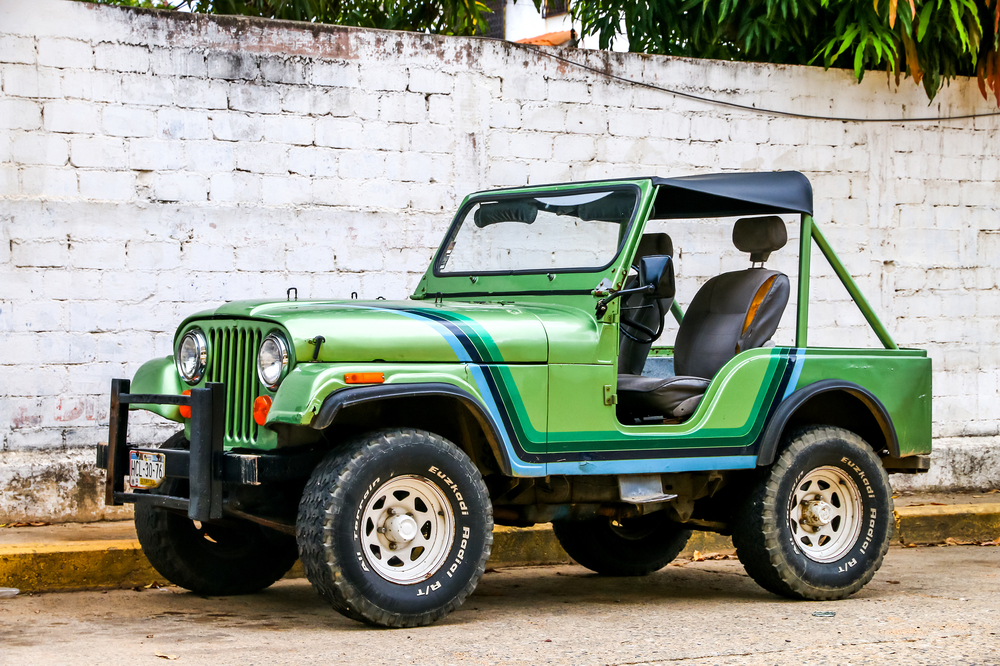
The Jeep CJ-5, produced from 1954 to 1983, stands as an iconic symbol in off-roading. With its roots in the military Jeep from World War II, it brought rugged design and unparalleled capability to civilian trails. Its short wheelbase and lightweight construction allowed for impressive maneuverability, making it a favorite among enthusiasts.
Toyota Land Cruiser FJ40
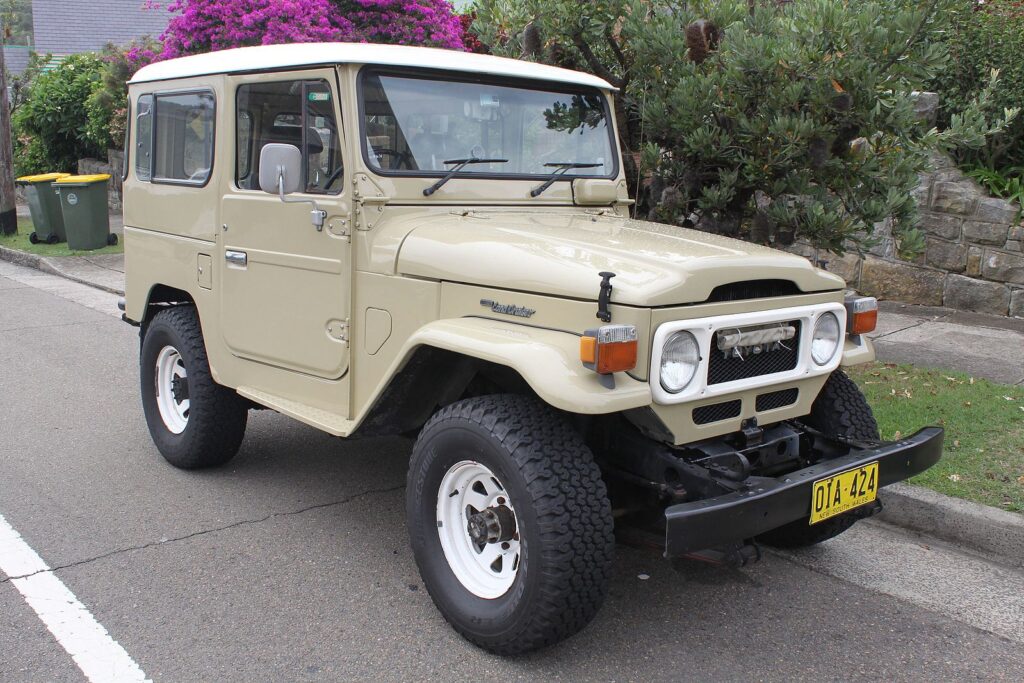
Introduced in the 1960s, the Toyota Land Cruiser FJ40 quickly earned a reputation for reliability and strength in the off-road world. Built to handle extreme conditions, the FJ40’s robust inline-six engine and tough suspension system proved their worth in every environment, from deserts to mountains. Its distinctive boxy design offered not only excellent visibility but also contributed to its legendary durability.
Land Rover Series I
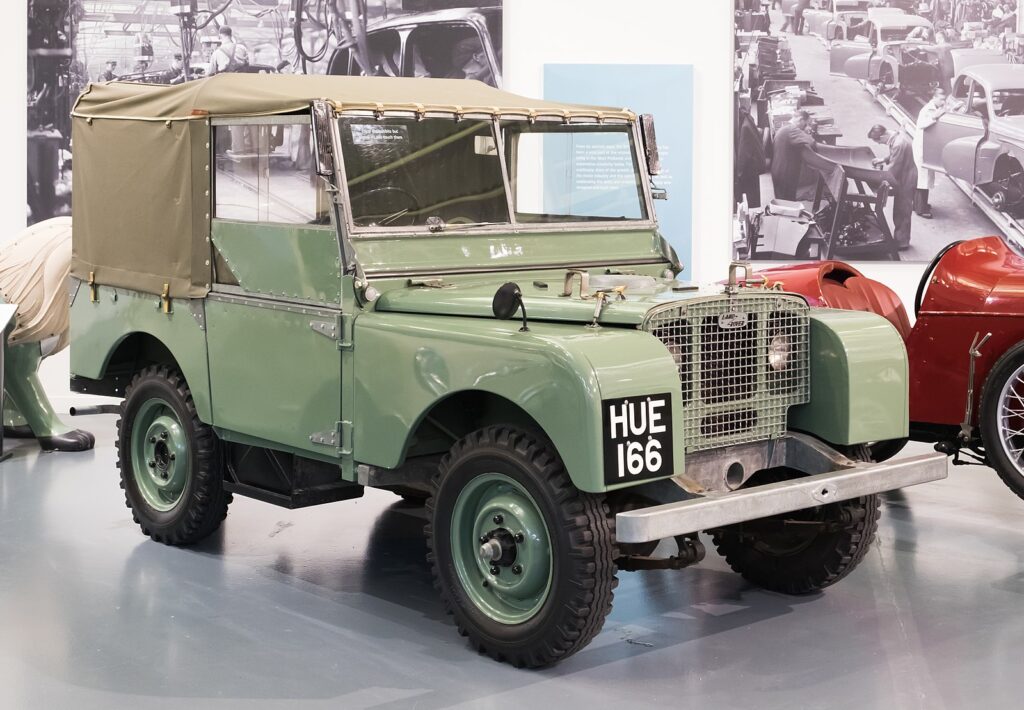
The Land Rover Series I, launched in 1948, was the blueprint for future off-road vehicles. Originally designed for agricultural and industrial use, its lightweight aluminum body and effective 4WD system provided unmatched versatility. Whether traversing rough trails or serving in remote regions, the Series I quickly became a favorite among adventurers and explorers alike. Its rugged construction and reliability made it indispensable, earning it a beloved status worldwide.
Ford Bronco (First Generation)
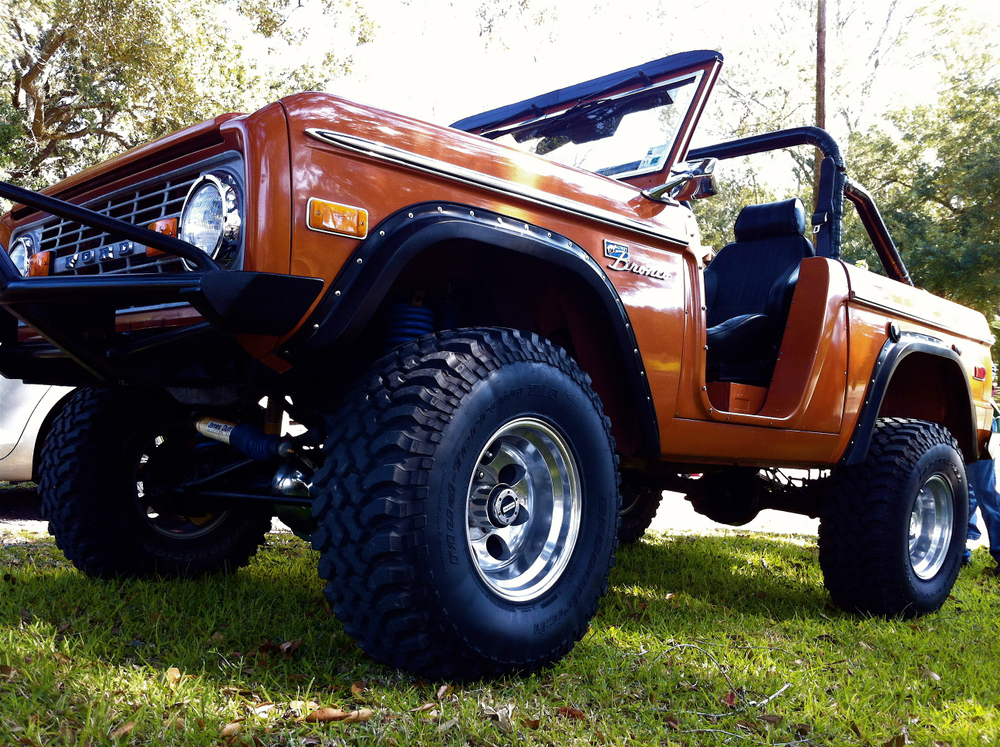
Introduced in 1966, the first-generation Ford Bronco revolutionized the SUV market. It seamlessly blended off-road capability with the comfort and style of a daily driver, broadening its appeal beyond just enthusiasts. Featuring an innovative suspension system with coil springs at the front, the Bronco offered a smoother ride than many of its competitors.
International Harvester Scout
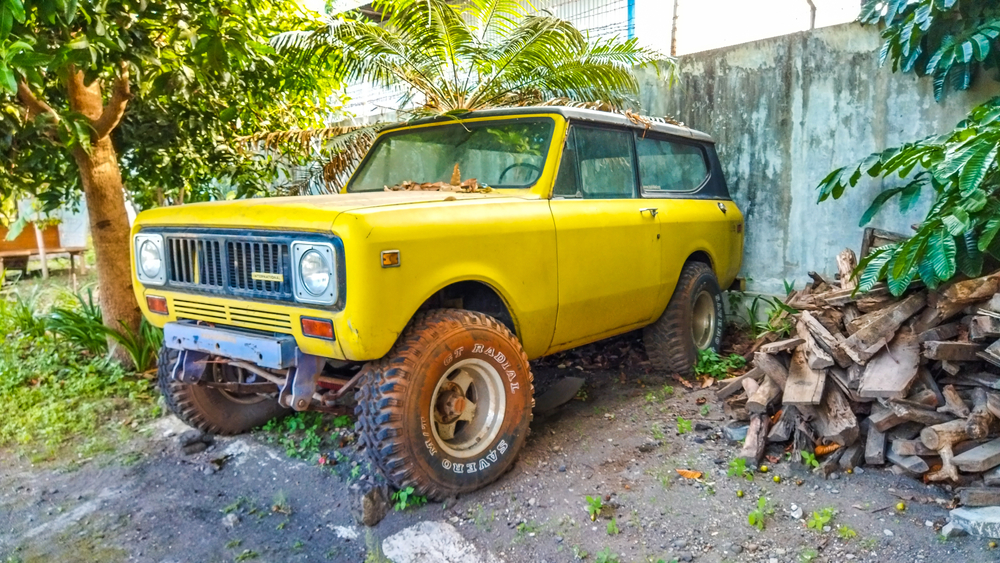
The International Harvester Scout, which made its debut in 1961, was one of the first serious competitors to challenge Jeep’s dominance in the off-road arena. Offering versatility in its design, the Scout could be configured as a pickup, soft top, or hardtop SUV. Known for its durability and rugged performance, it quickly became a go-to choice for outdoor enthusiasts.
Chevrolet K5 Blazer
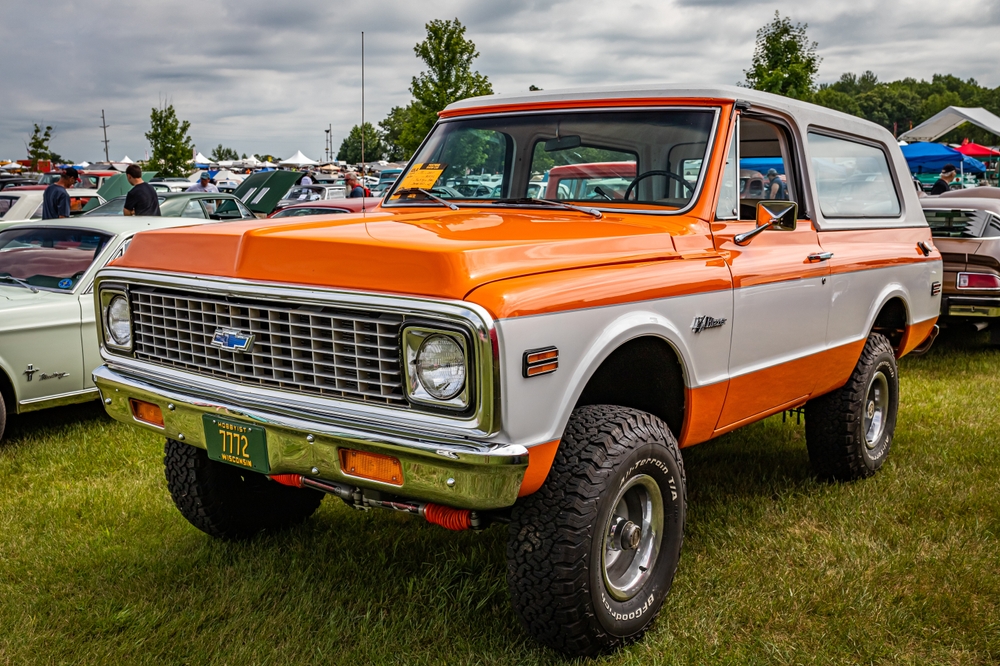
In 1969, Chevrolet introduced the K5 Blazer, a vehicle that would set the standard for full-size SUVs. Equipped with a powerful V8 engine and a full-time 4WD system, the K5 Blazer excelled both on and off the road. Its removable hardtop and spacious interior catered to those seeking a versatile vehicle for both work and leisure. The Blazer’s combination of capability and comfort influenced the design of future SUVs, making it a pioneer in its class.
Mercedes-Benz G-Class
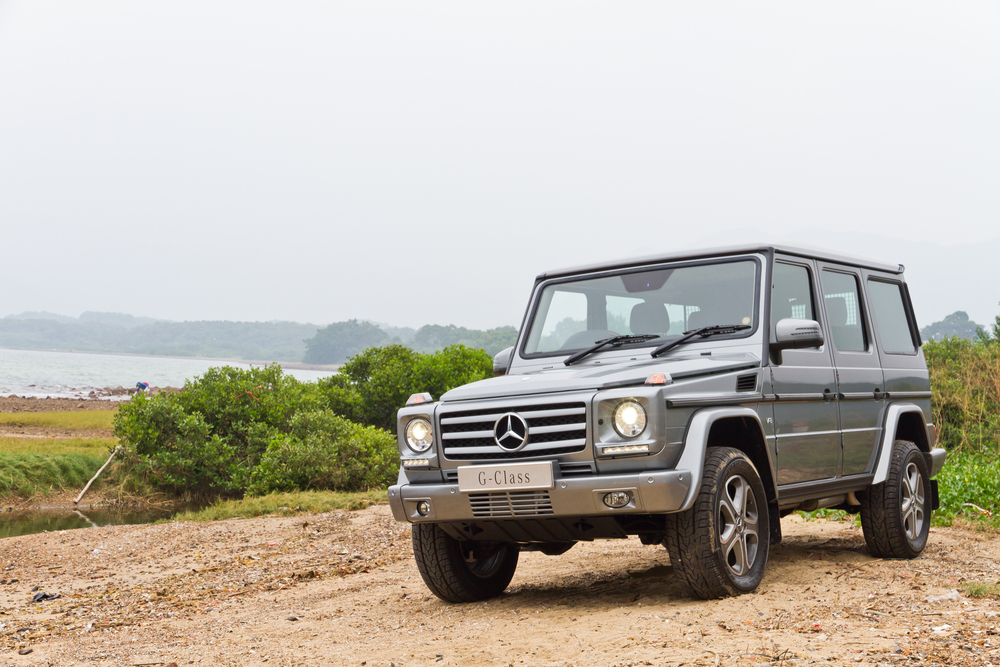
The Mercedes-Benz G-Class, or G-Wagon, has been synonymous with luxury and off-road capability since its debut in 1979. Originally designed for military use, it features a body-on-frame construction and three locking differentials, making it nearly unstoppable in the toughest conditions. Despite its rugged nature, the G-Wagon has also become a status symbol, effortlessly blending off-road prowess with high-end luxury.
Range Rover (First Generation)

When the first-generation Range Rover hit the market in 1970, it redefined what an SUV could be. It was the first vehicle to feature permanent 4WD, setting a new industry standard. The Range Rover’s coil-spring suspension offered a smooth ride over rough terrain, while its refined interior introduced luxury to the off-road experience. This innovative blend of comfort and capability set the Range Rover apart, influencing the design of SUVs for decades to come.
Suzuki Samurai
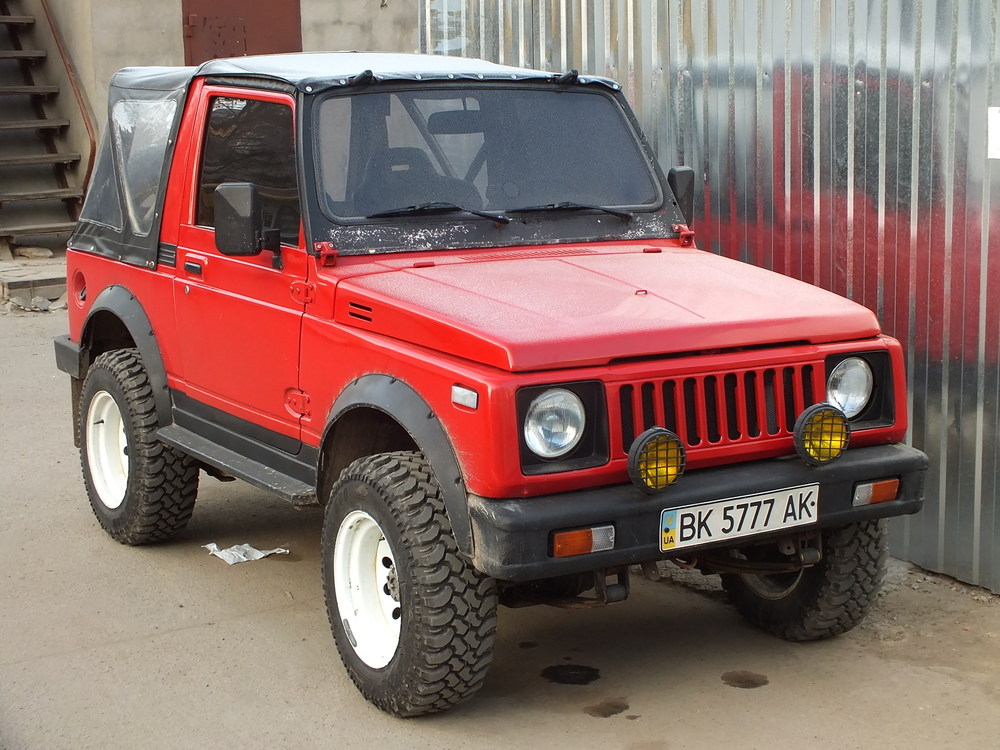
The Suzuki Samurai, launched in 1985, quickly made a name for itself with its compact size and remarkable off-road abilities. Its lightweight design and short wheelbase allowed it to navigate tight trails and rough terrain with surprising ease. Affordable and reliable, the Samurai attracted off-road enthusiasts who were looking for a capable vehicle without breaking the bank.
Jeep Wagoneer
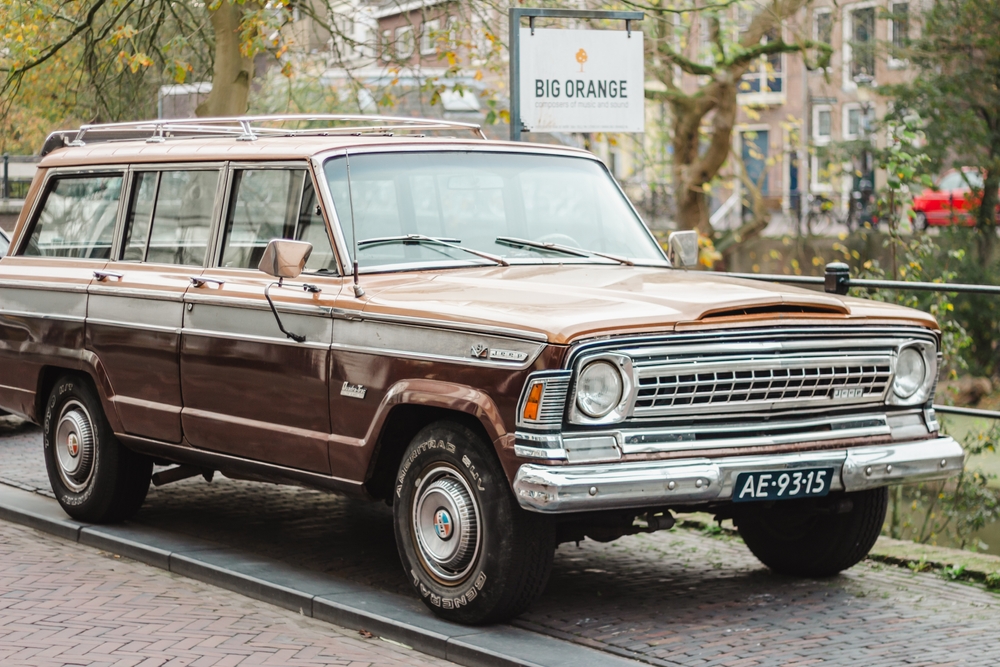
The Jeep Wagoneer, which first appeared in 1963, was a trailblazer in the luxury SUV segment. Combining the ruggedness of a 4×4 with the comfort of a passenger car, it offered an independent front suspension that provided a smoother ride on and off the road. Its spacious and well-appointed interior set a new standard for what an SUV could offer, making it a pioneer in blending utility with luxury.
Mitsubishi Pajero/Montero

Debuting in 1982, the Mitsubishi Pajero, also known as the Montero, quickly gained acclaim for its off-road capabilities. It featured a lightweight body, advanced suspension, and a super-select 4WD system that allowed seamless switching between 2WD and 4WD. The Pajero’s dominance in the Dakar Rally, one of the most grueling off-road races, only added to its legendary status. This vehicle’s performance and versatility made it a favorite among adventurers around the globe.
Toyota 4Runner (First Generation)
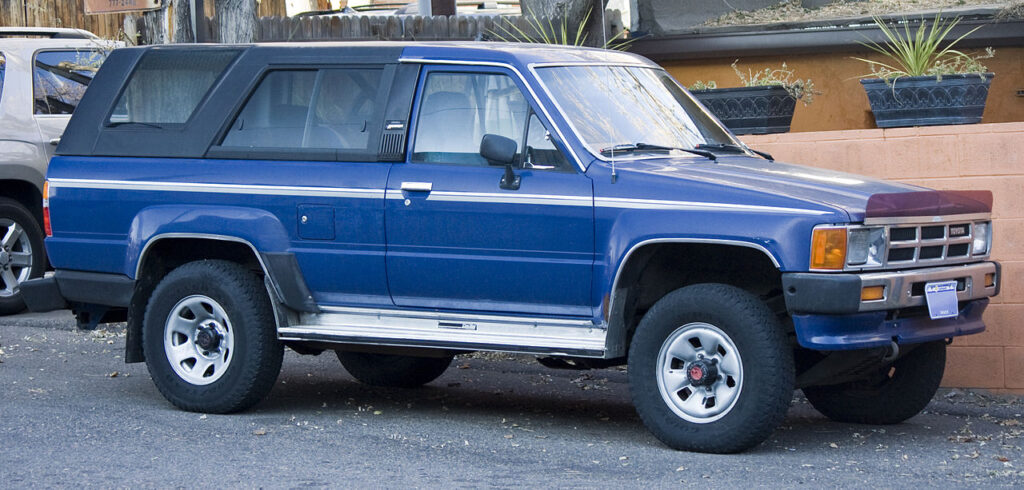
Launched in 1984, the first-generation Toyota 4Runner broke new ground in the SUV market. Built on the rugged Hilux pickup truck platform, it combined the durability and off-road capability of a truck with the practicality of an SUV. Its removable fiberglass top and dependable 4WD system made it a hit among outdoor enthusiasts. The 4Runner’s blend of reliability, off-road prowess, and versatility has ensured its continued success through multiple generations.
Land Rover Defender

The Land Rover Defender, introduced in 1983, has earned its place as one of the most iconic off-road vehicles of all time. With a rugged design rooted in the earlier Land Rover Series models, the Defender featured solid axles and permanent 4WD, making it nearly unstoppable on tough terrain. Its versatility was unmatched, serving roles from military operations to global expeditions. The Defender’s reputation for toughness and dependability has made it a legend in off-road circles.
Ford Explorer (First Generation)
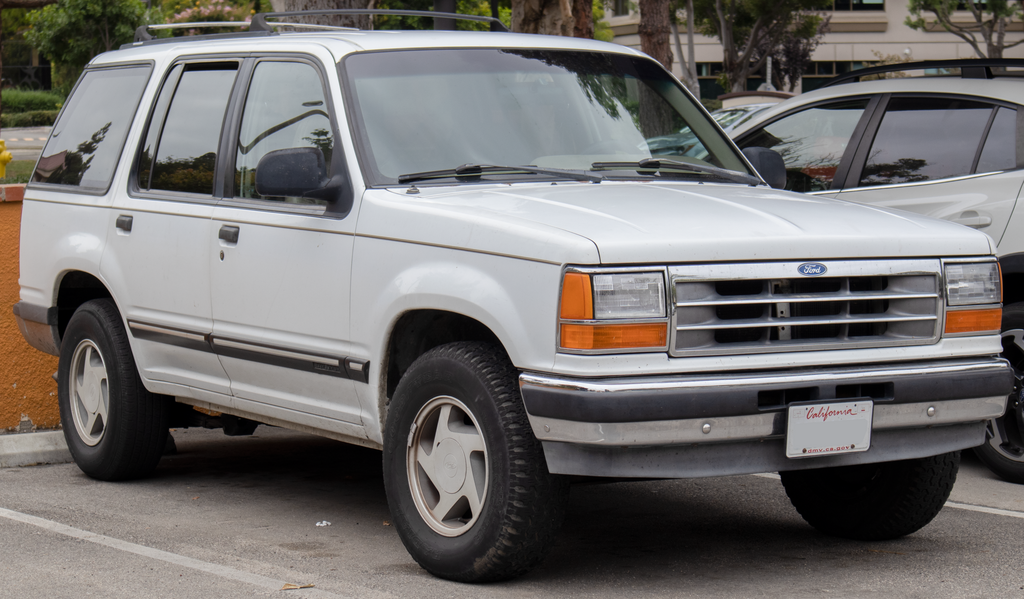
When the first-generation Ford Explorer debuted in 1990, it helped make SUVs mainstream in the United States. While primarily designed for on-road use, the Explorer’s capable 4WD system allowed it to handle moderate off-road conditions as well. Its spacious and comfortable interior, combined with ample cargo space, made it an attractive choice for families.
Jeep Cherokee XJ
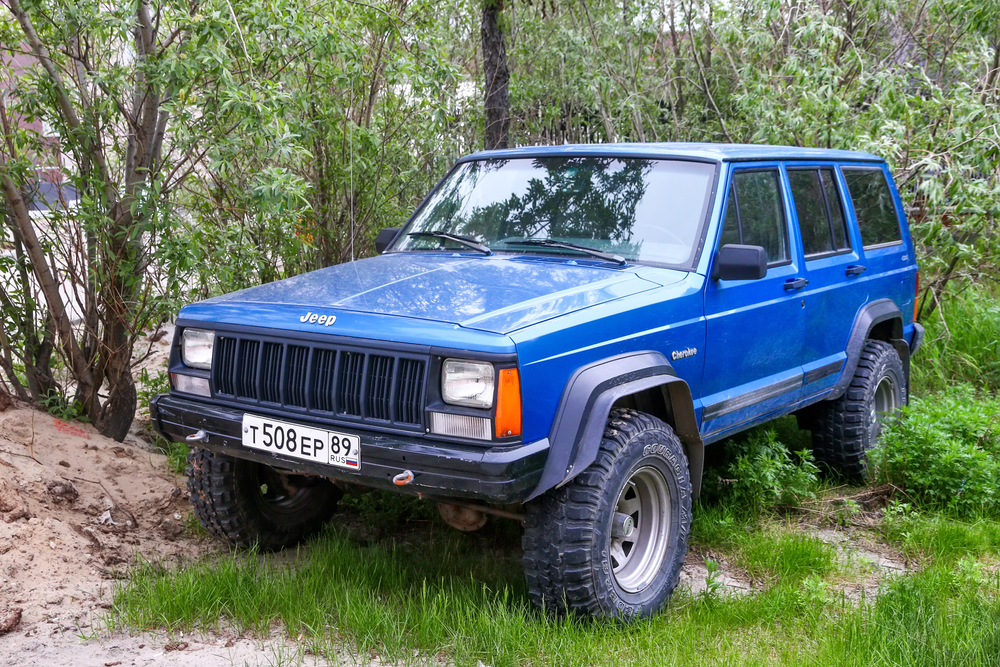
The Jeep Cherokee XJ, launched in 1984, is often credited with kickstarting the modern SUV era. Its unibody construction made it lighter and more fuel-efficient than traditional body-on-frame SUVs while still offering excellent off-road capability. The Cherokee XJ’s compact size and nimble handling made it a versatile choice for both urban and off-road environments. This combination of practicality, durability, and capability set a new benchmark for SUVs, influencing future designs.
Hummer H1

The Hummer H1, introduced in 1992 as a civilian version of the military Humvee, quickly became a symbol of extreme off-road capability. Its wide stance, powerful diesel engine, and advanced 4WD system enabled it to conquer nearly any terrain, from deserts to swamps. The H1’s unique design and ruggedness made it a favorite among off-road enthusiasts and celebrities alike.
Isuzu Trooper
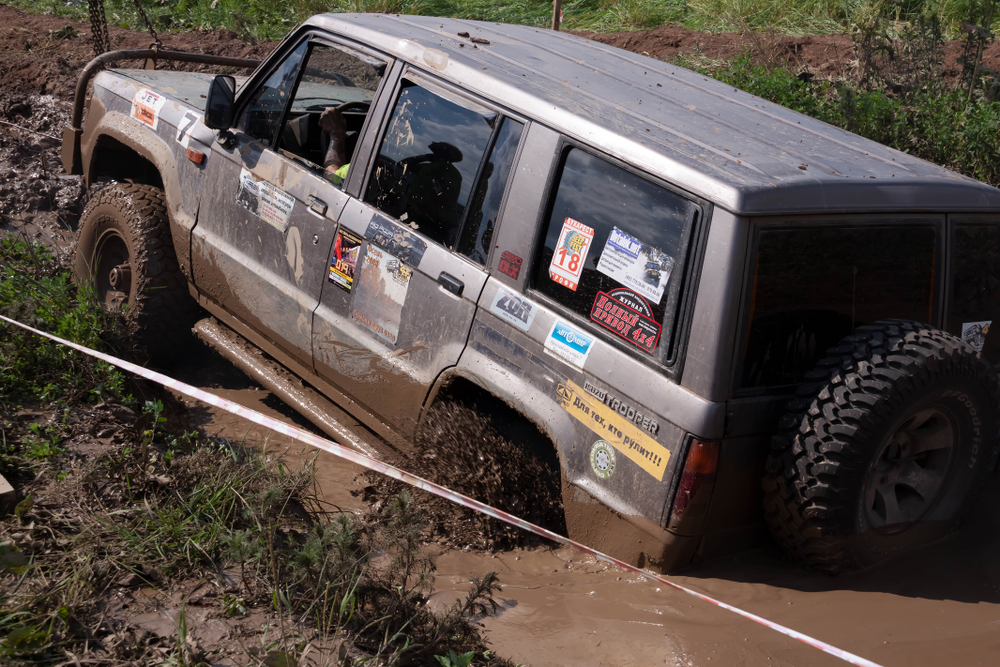
The Isuzu Trooper, first introduced in 1981, became known for its versatility and off-road capability. Its boxy design and sturdy chassis, combined with a reliable 4WD system, allowed it to tackle tough trails with confidence. The Trooper’s spacious interior and practical design made it a popular choice for families who needed a vehicle that could handle both everyday driving and weekend adventures.
Chevrolet Suburban
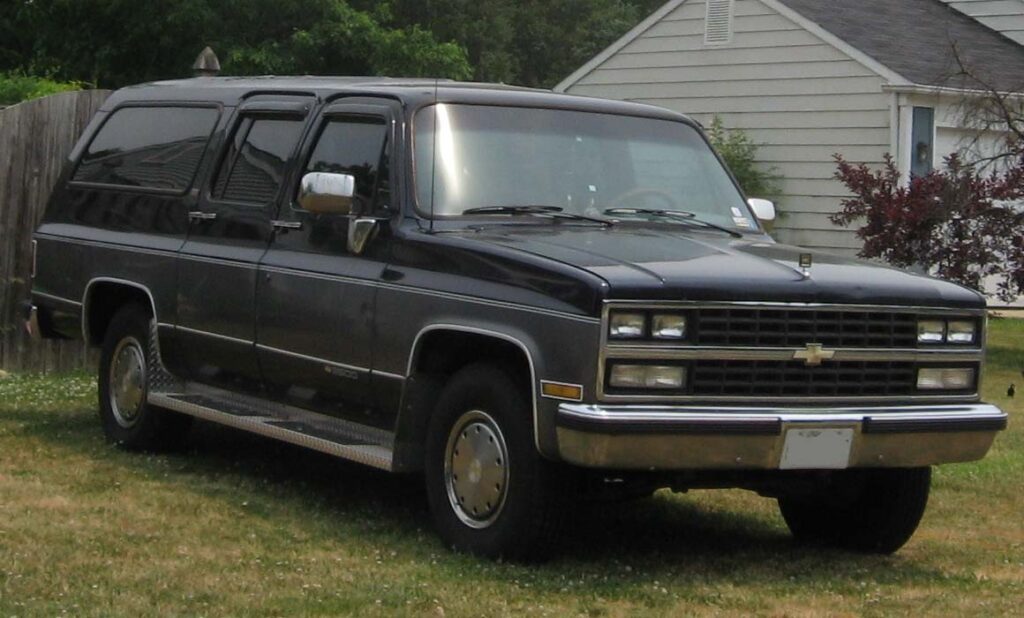
The Chevrolet Suburban, one of the longest-running nameplates in automotive history, has been a fixture in the SUV market since its introduction in 1935. While earlier models were focused on utility, the Suburban evolved into a capable off-road vehicle with the introduction of 4WD. This transition allowed it to tackle challenging terrains while still offering the spaciousness and comfort that made it popular.
Toyota Land Cruiser 80 Series
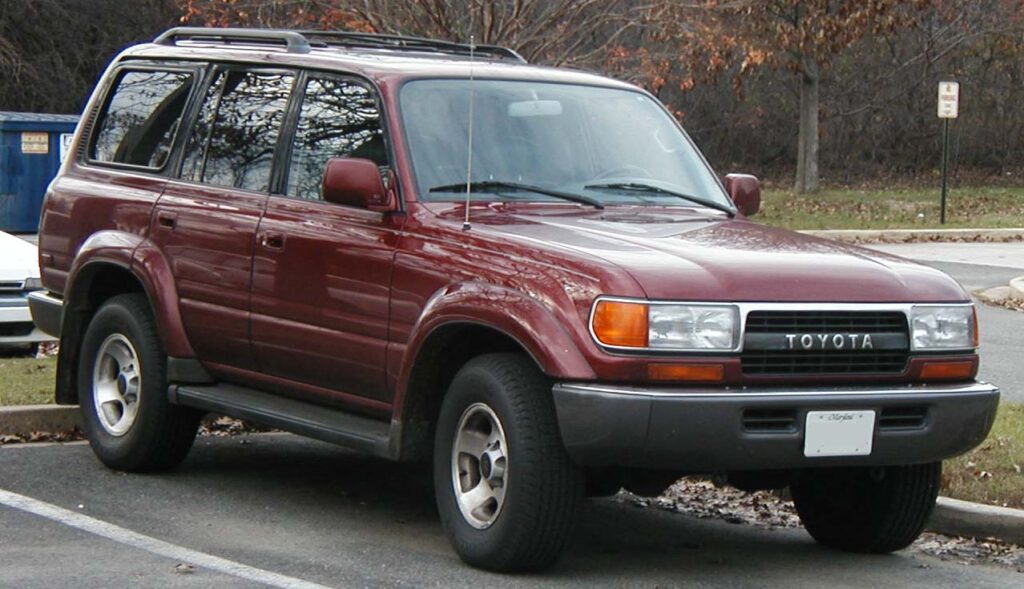
Launched in the early 1990s, the Toyota Land Cruiser 80 Series is renowned for its exceptional off-road capabilities and durability. Built on a solid, full-time 4WD system, it featured advanced off-road technologies, including locking differentials and a robust suspension system. The 80 Series was not just about performance; its luxurious interior and smooth on-road manners made it a favorite for long-distance travel as well.
This article originally appeared on MyCarMakesNoise.
More from MyCarMakesNoise
15 Vintage Mustangs That Collectors Avoid
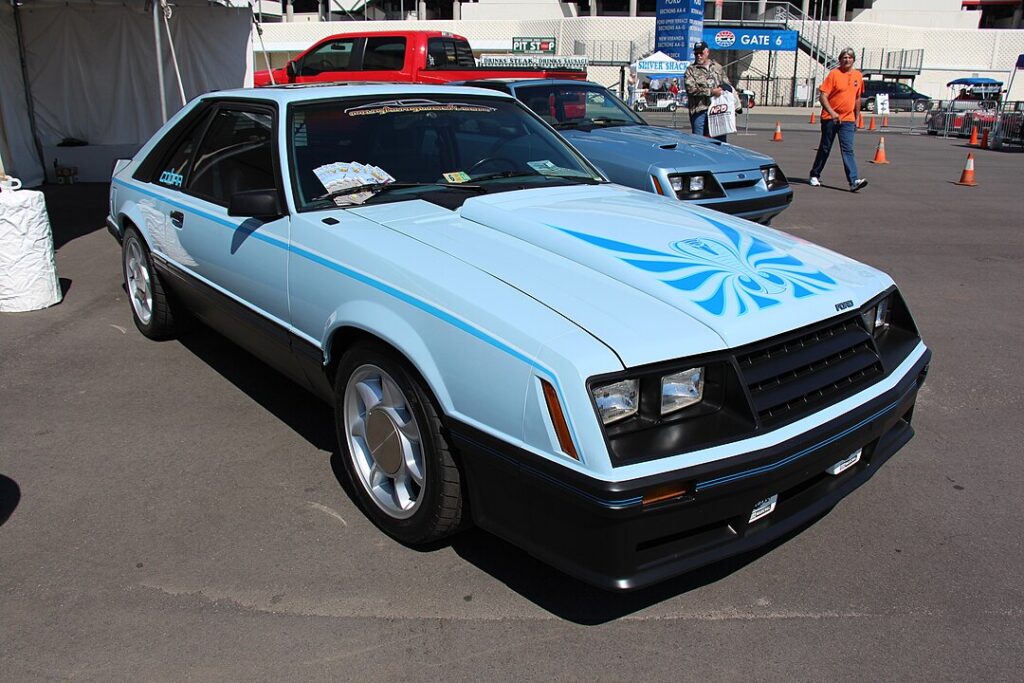
When it comes to classic cars, the Ford Mustang often stands out as an icon of American automotive history. However, not all Mustangs are created equal. While some vintage models have become highly sought-after collector’s items, others have faded into obscurity for various reasons. Read More.
17 Vehicles Prone to Frequent Breakdowns You Should Avoid
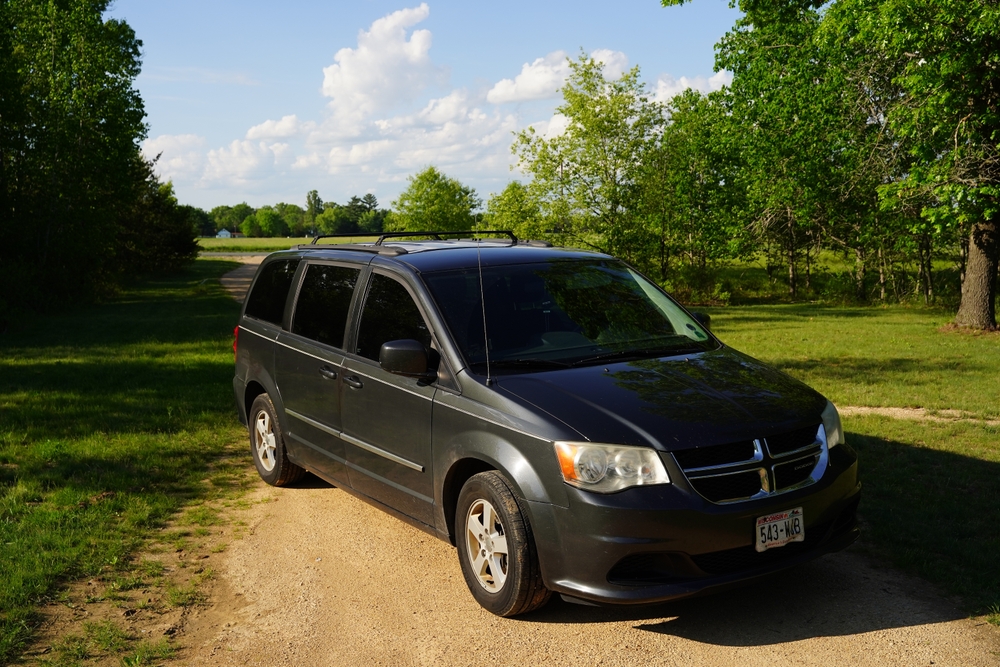
Every car owner hopes for a reliable ride, but some vehicles have a knack for disappointing expectations with their frequent breakdowns. We delve into various models from acclaimed manufacturers such as Audi, Dodge, and Toyota, revealing why they’re more prone to mechanical and electrical issues. Read More.
The 15 Largest Cars That Ever Hit the Road
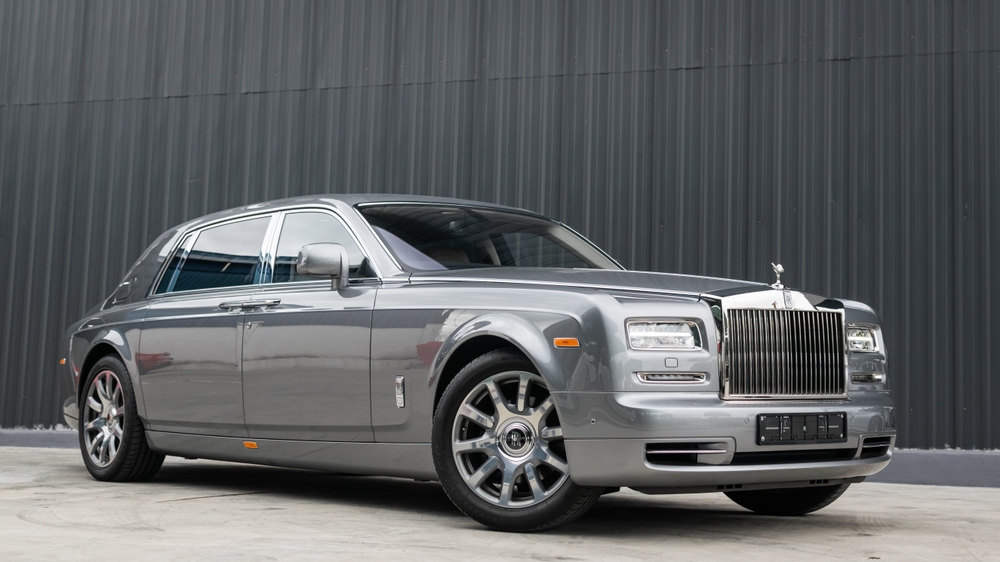
In the automotive world, bigger can mean more comfort, enhanced capabilities, and undeniable luxury. The largest cars ever manufactured stand out not only for their spacious interiors and strong performance but also as symbols of opulent living. Read More.

